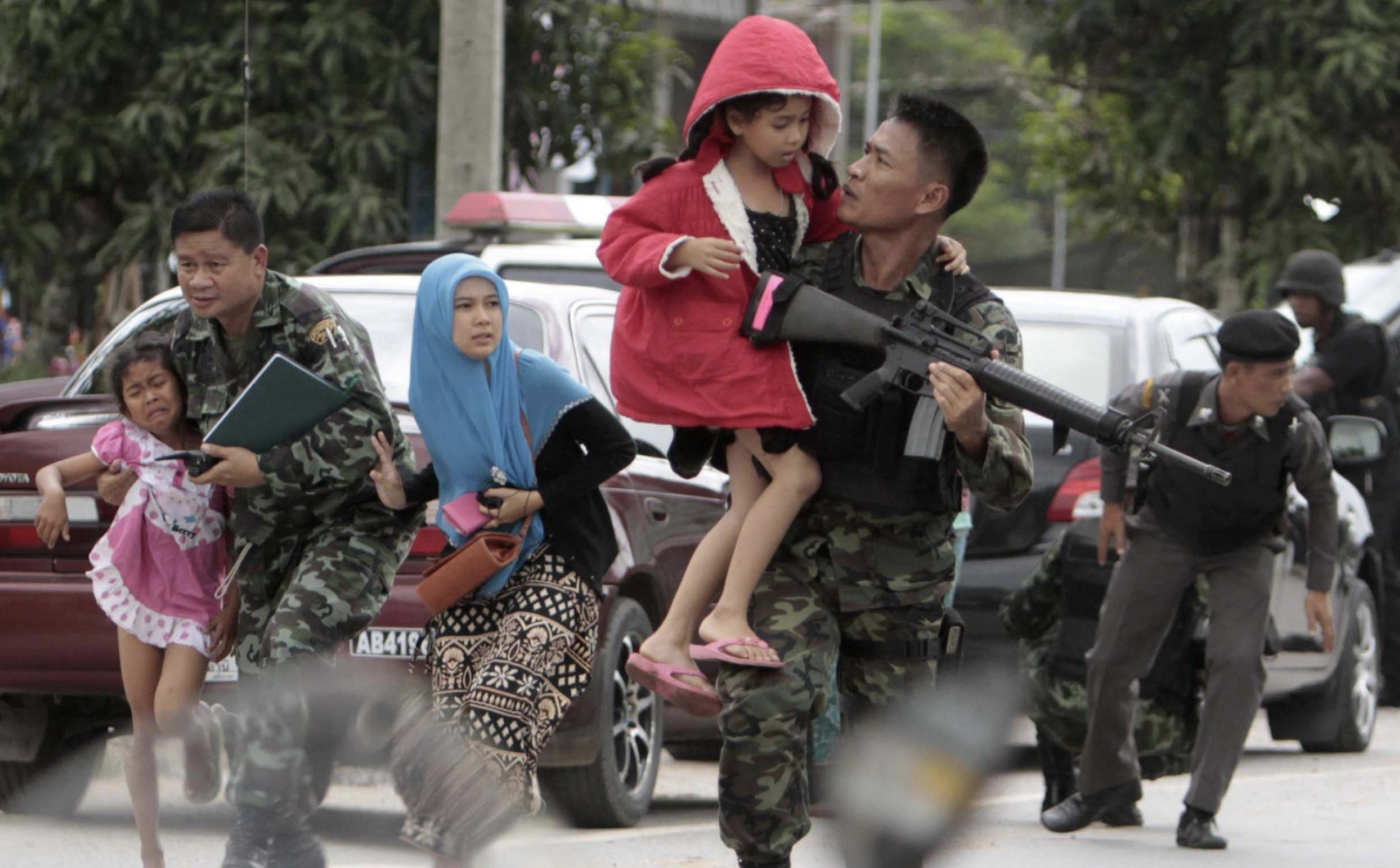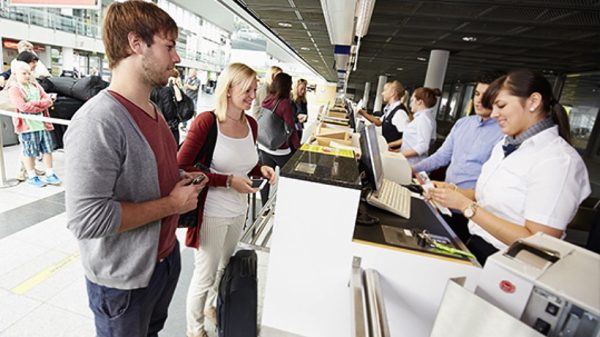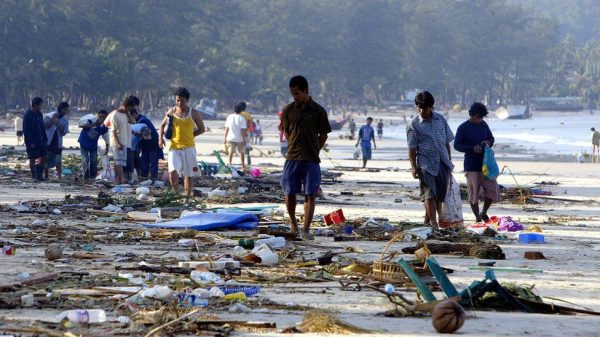According to data from the Deep South Watch, an independent organization that monitors the conflict in Thailand’s southern provinces, between 2004 and 2021, over 7,000 people have been killed and over 13,000 injured in the southern insurgency. The majority of the victims have been civilians, including teachers, religious leaders, and government officials.
The conflict has also resulted in the displacement of hundreds of thousands of people and has had a significant economic and social impact on the region.
The Deep South of Thailand, also known as the restive south or the southern insurgency region, has a complex and tumultuous history that spans over a century. The region encompasses the provinces of Pattani, Yala, Narathiwat, and parts of Songkhla and Satun on the border of Thailand and Malaysia. The conflict in the Deep South is rooted in a history of political, economic, and social marginalization, as well as religious and ethnic differences between the Muslim Malay population and the Buddhist Thai state.
The region was once part of the Malay Sultanate of Pattani, which had a long history of trade and cultural exchange with neighboring Southeast Asian countries. However, in the late 19th century, the region came under the control of Siam (now Thailand) as part of a territorial expansion campaign. The Siamese government imposed strict laws and policies aimed at assimilating the Malay population into Thai Buddhist culture, including a ban on the Malay language and Islamic traditions.
In the early 20th century, a nationalist movement emerged among the Malay-Muslim population, calling for greater autonomy and recognition of their cultural and religious identity. The movement gained momentum in the 1940s, leading to the establishment of the Patani United Liberation Organization (PULO) in 1960, which aimed to create an independent Islamic state in the region.
The 1960s and 1970s saw a wave of violent protests and demonstrations by Malay nationalists and separatists, as well as a crackdown by the Thai government. The situation escalated in 1976, when a group of Malay-Muslim students were killed by Thai security forces during a demonstration in Pattani. This event marked a turning point in the conflict, and led to the emergence of a militant wing of the separatist movement.
In the 1980s and 1990s, the insurgency became increasingly violent, with bombings, assassinations, and attacks on government officials and civilians becoming more common. The separatist movement fragmented into several factions, each with its own goals and strategies. Some groups, such as PULO and the Barisan Revolusi Nasional (BRN), continued to call for an independent Islamic state, while others, such as the Gerakan Mujahideen Islam Pattani (GMIP), advocated for greater autonomy within the Thai state.
The 2000s saw a resurgence of violence in the Deep South, with attacks becoming more frequent and deadly. The Thai government responded with a policy of heavy-handed military crackdowns, which only served to fuel the insurgency and increase support for separatist groups. The government also implemented a number of measures aimed at suppressing Malay-Muslim culture and identity, such as a ban on the wearing of headscarves in schools and a campaign to promote Thai Buddhist values.
In 2004, the situation in the Deep South reached a new level of intensity when a coordinated attack on police and military installations in several provinces left over 100 people dead. This event marked the beginning of a new phase in the conflict, characterized by a more organized and coordinated insurgency. The government responded with a state of emergency and a massive military buildup in the region, but these measures failed to bring an end to the violence.
The insurgency in the Deep South has continued to simmer in the years since, with periodic flare-ups of violence and occasional attempts at peace negotiations. The conflict has taken a heavy toll on the region, with thousands of people killed and many more displaced. The economic and social impact of the conflict has been devastating, with the region lagging behind the rest of the country in terms of development and prosperity.
In recent years, there have been some signs of progress towards a resolution of the conflict. The Thai government has taken steps to address some of the root causes of the insurgency, such as discrimination against









